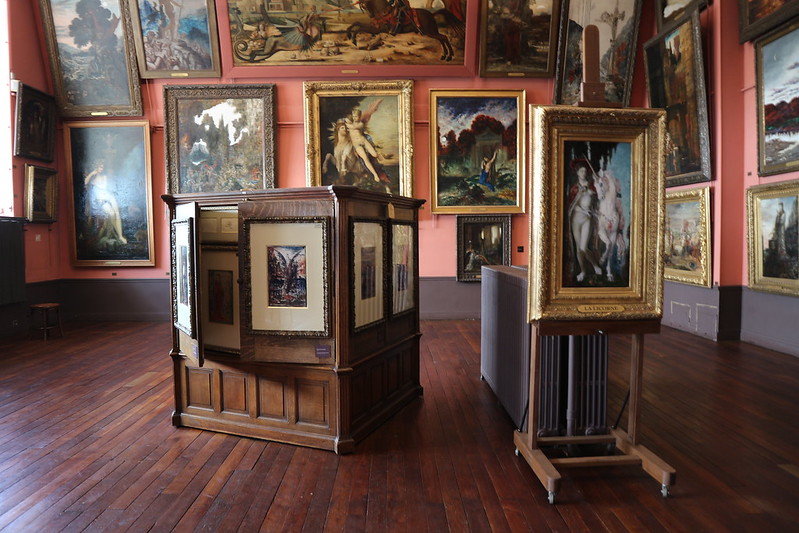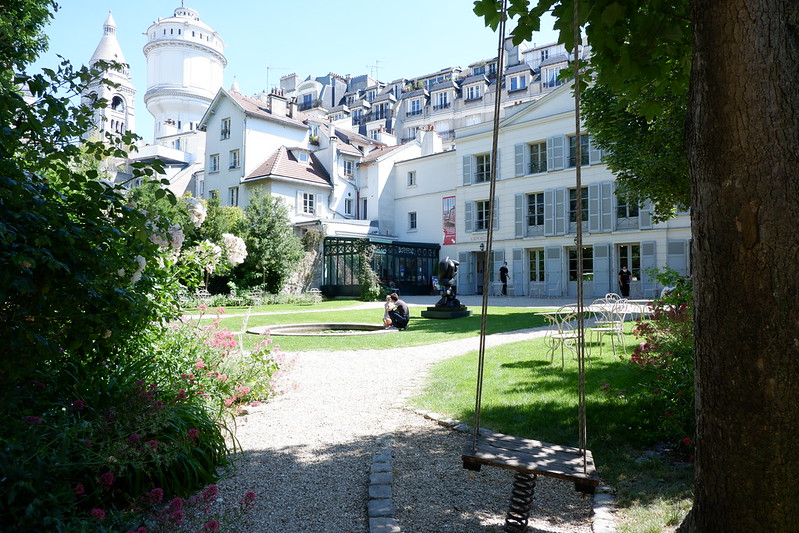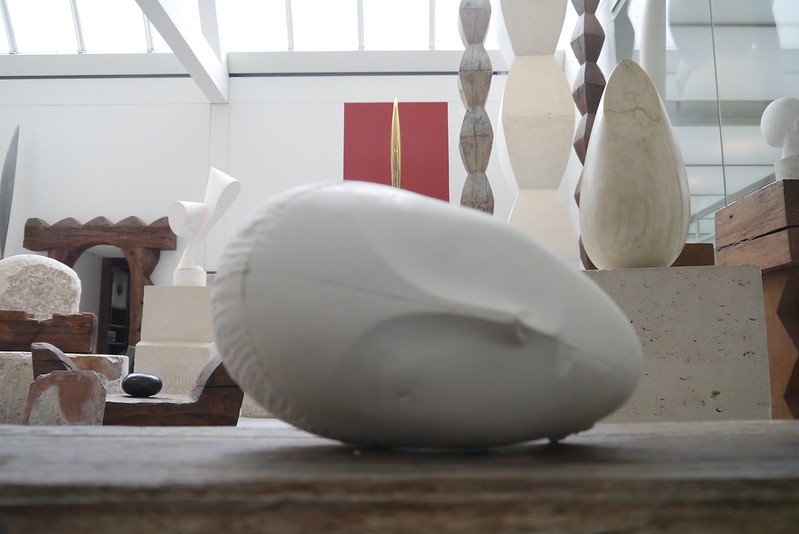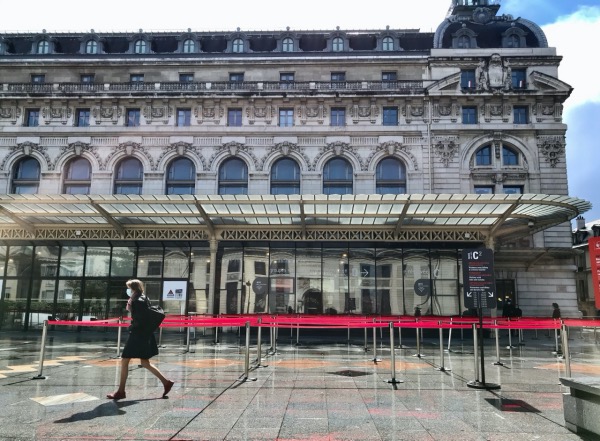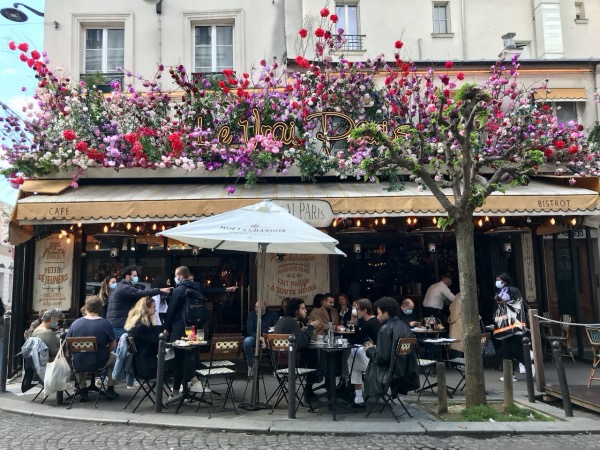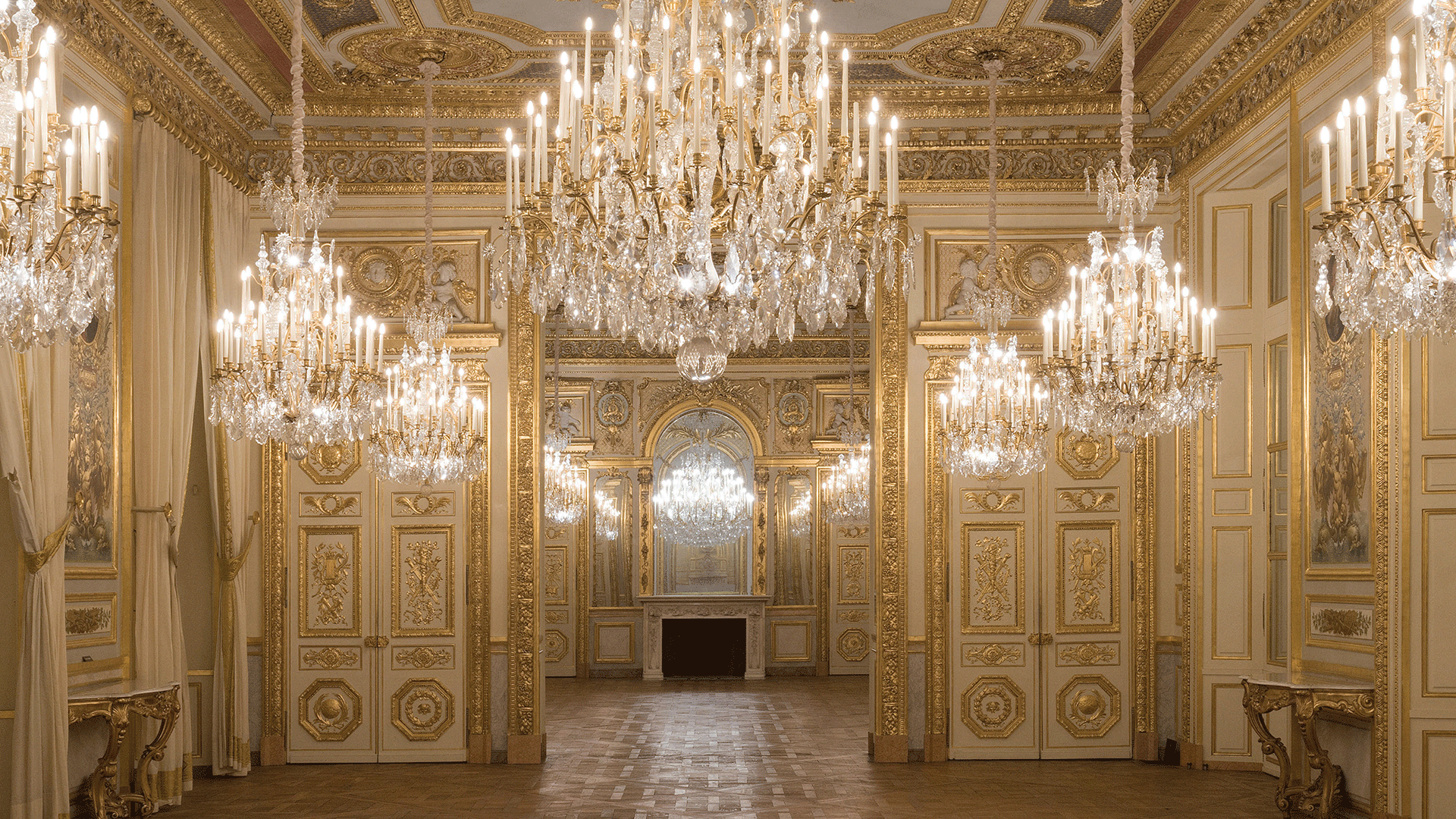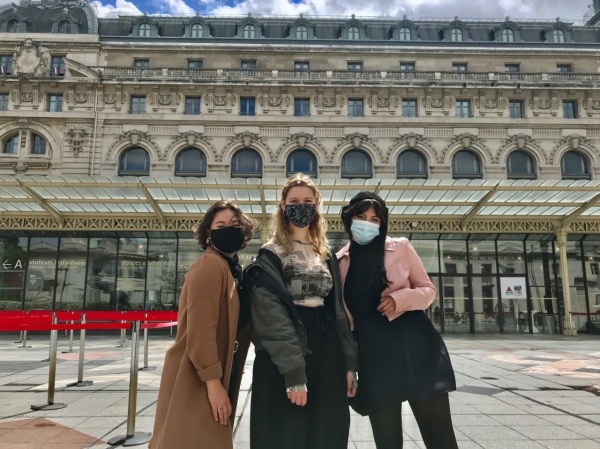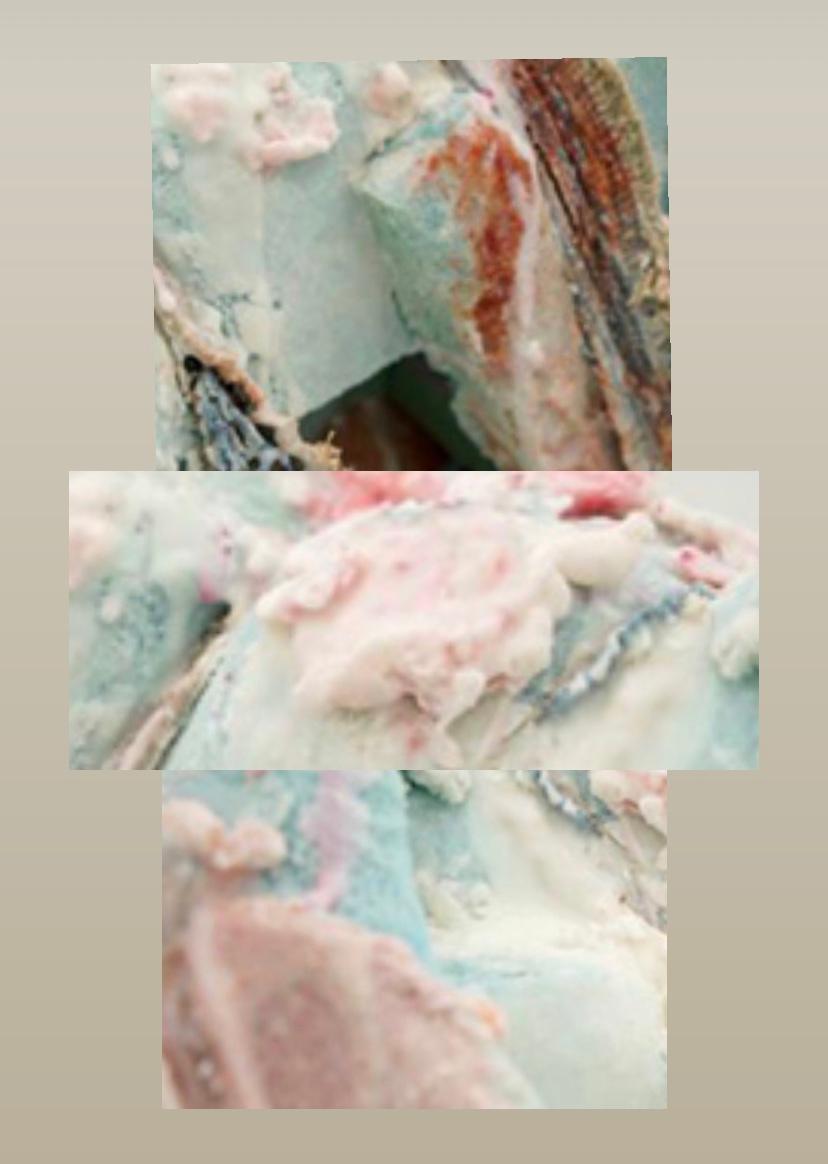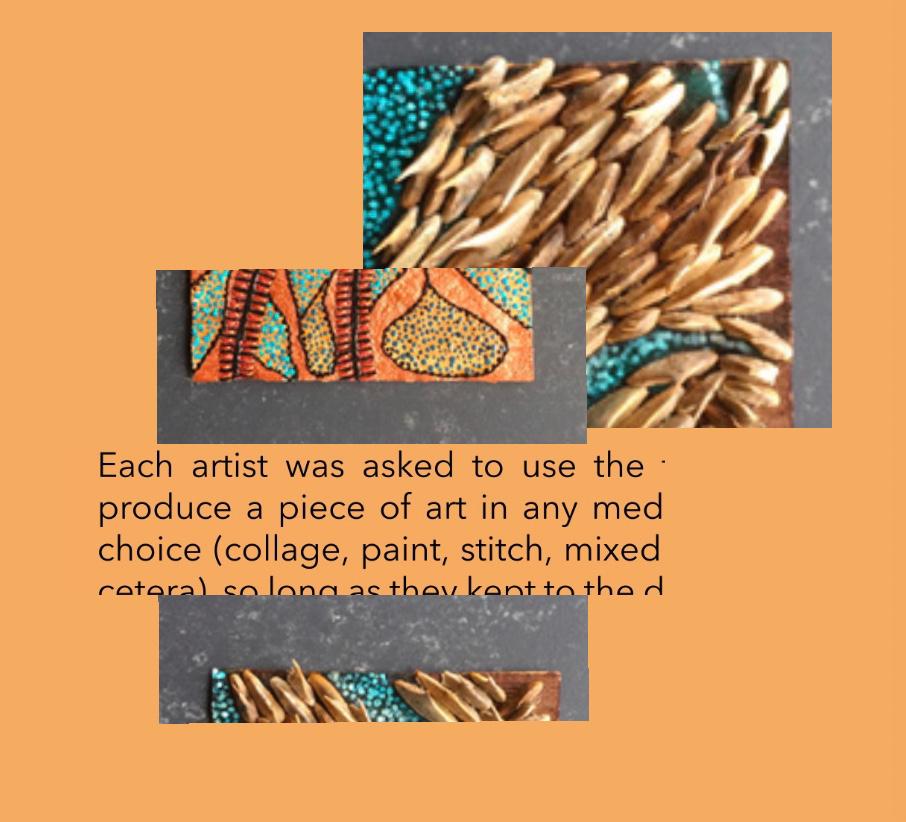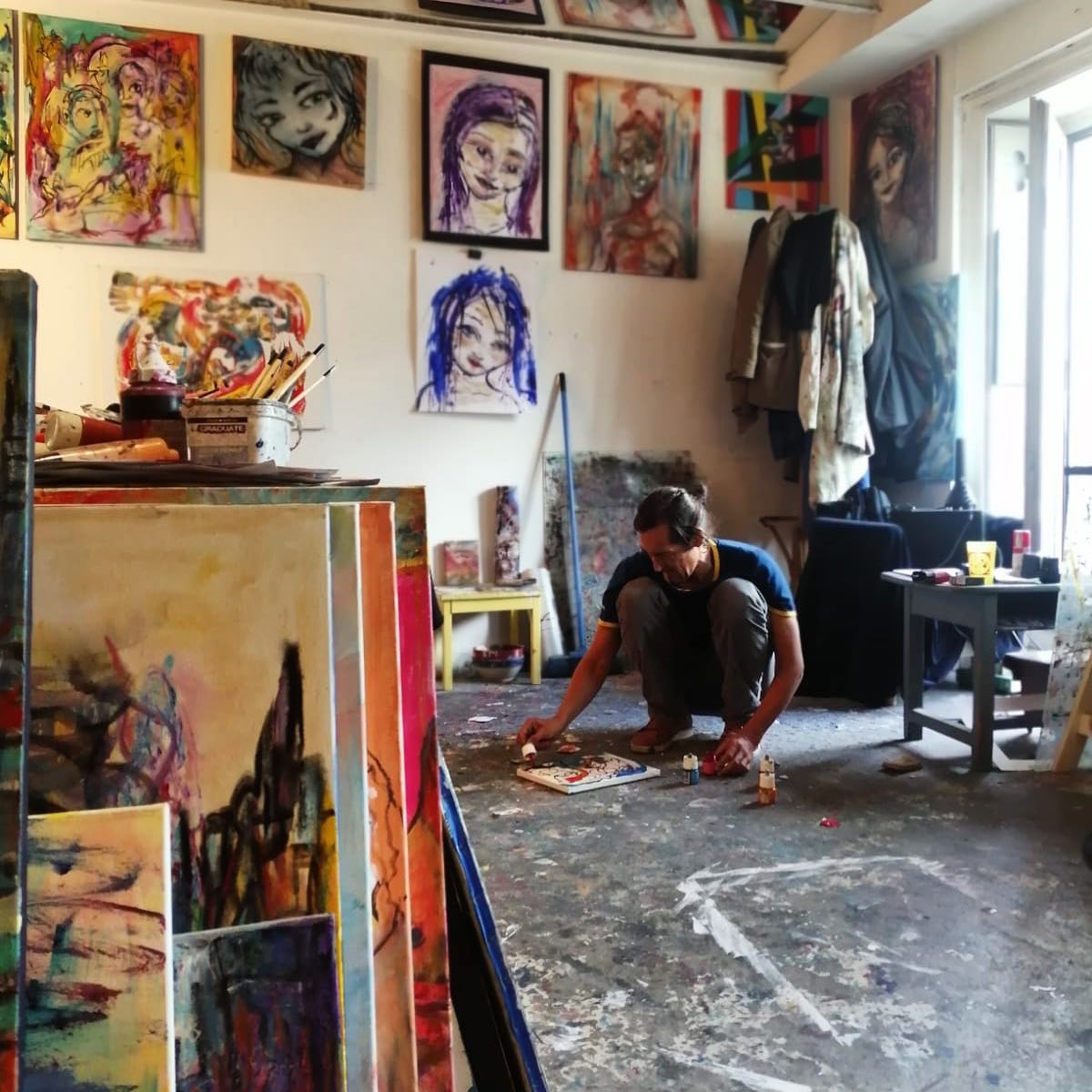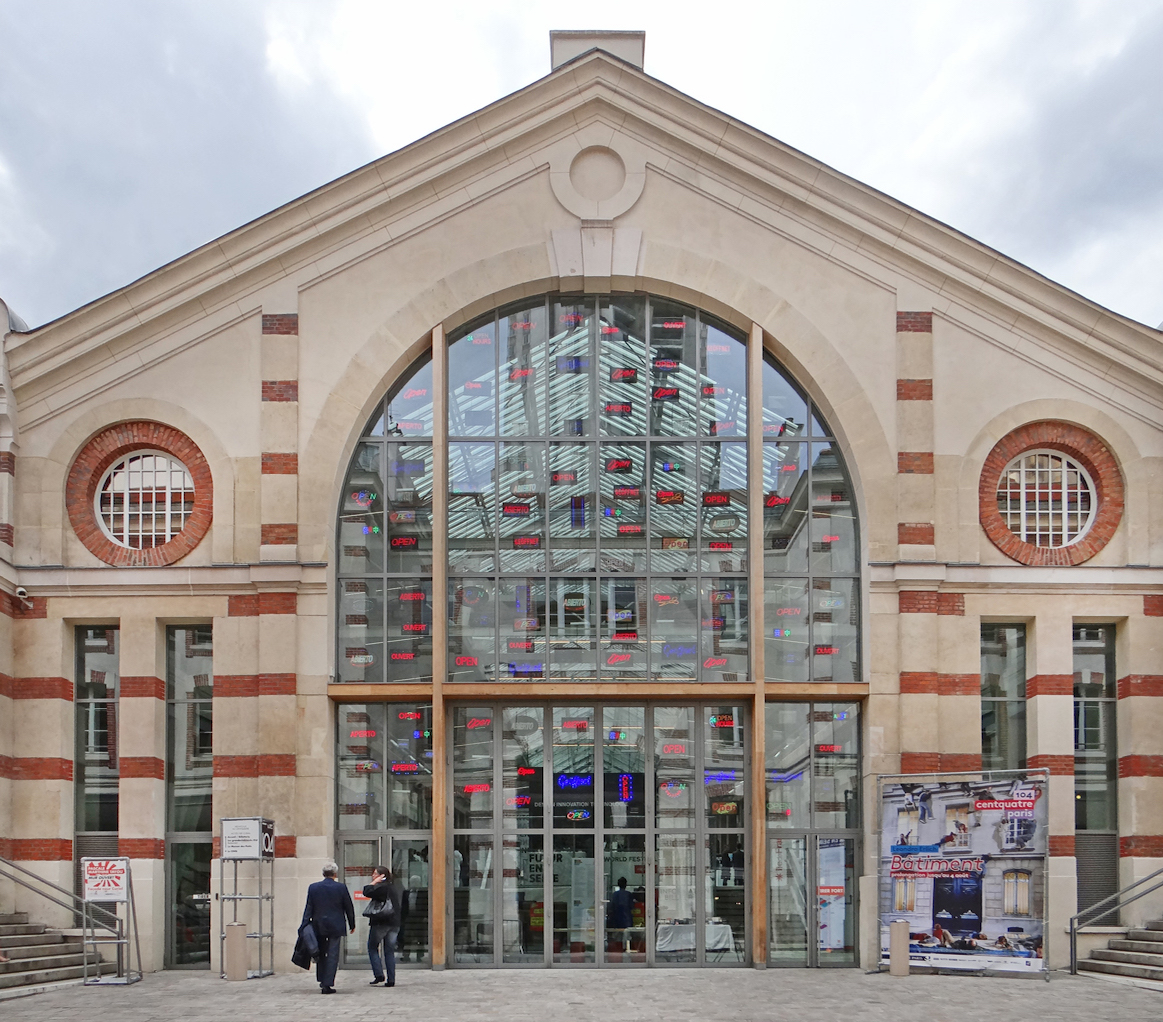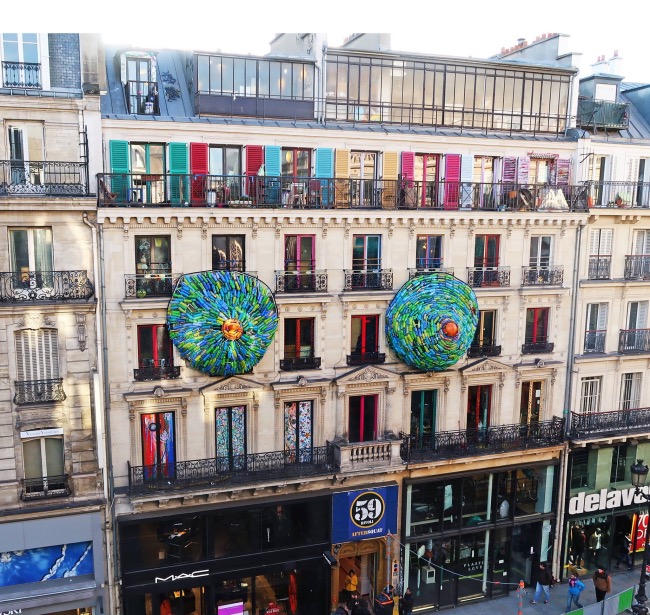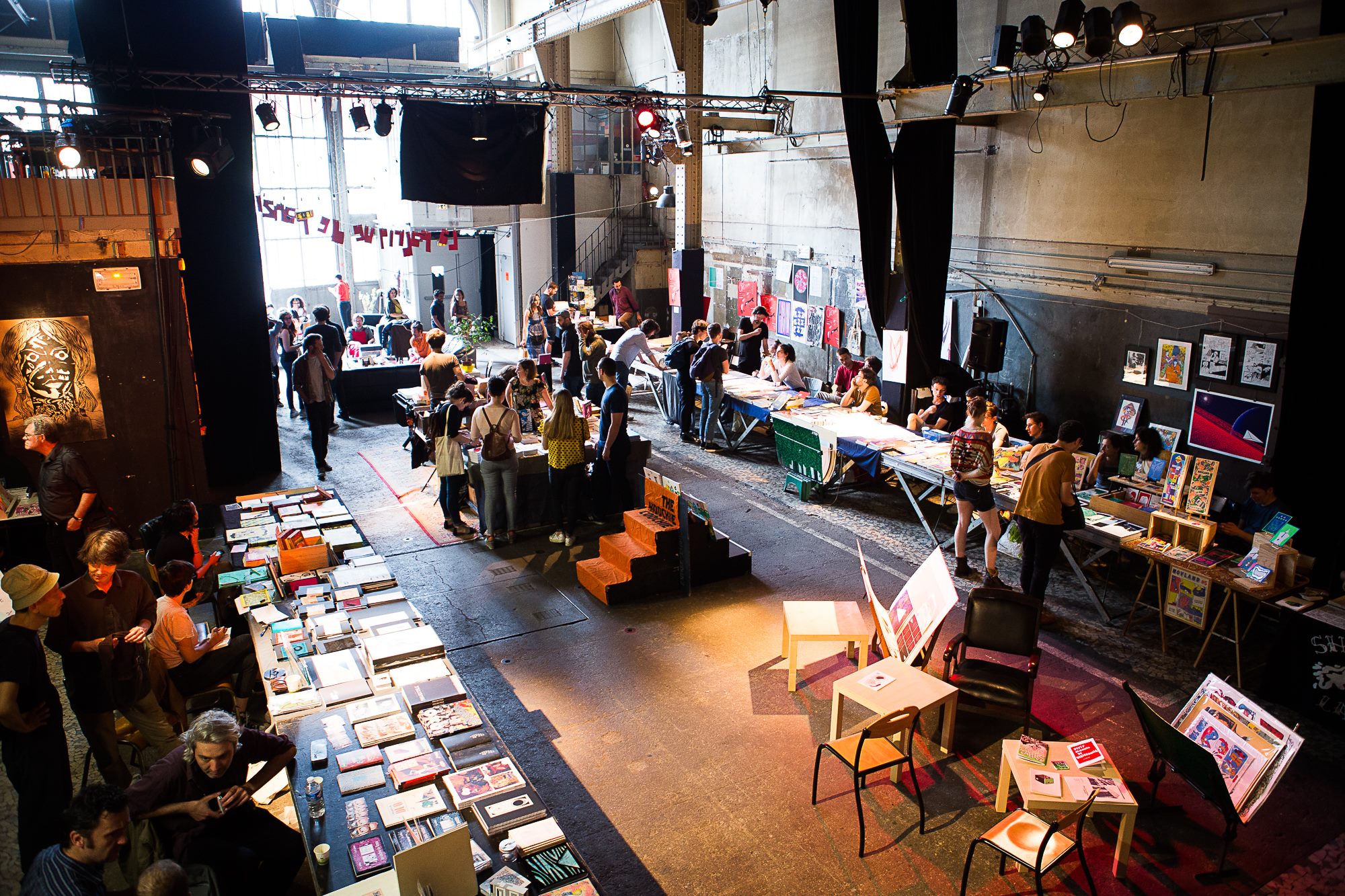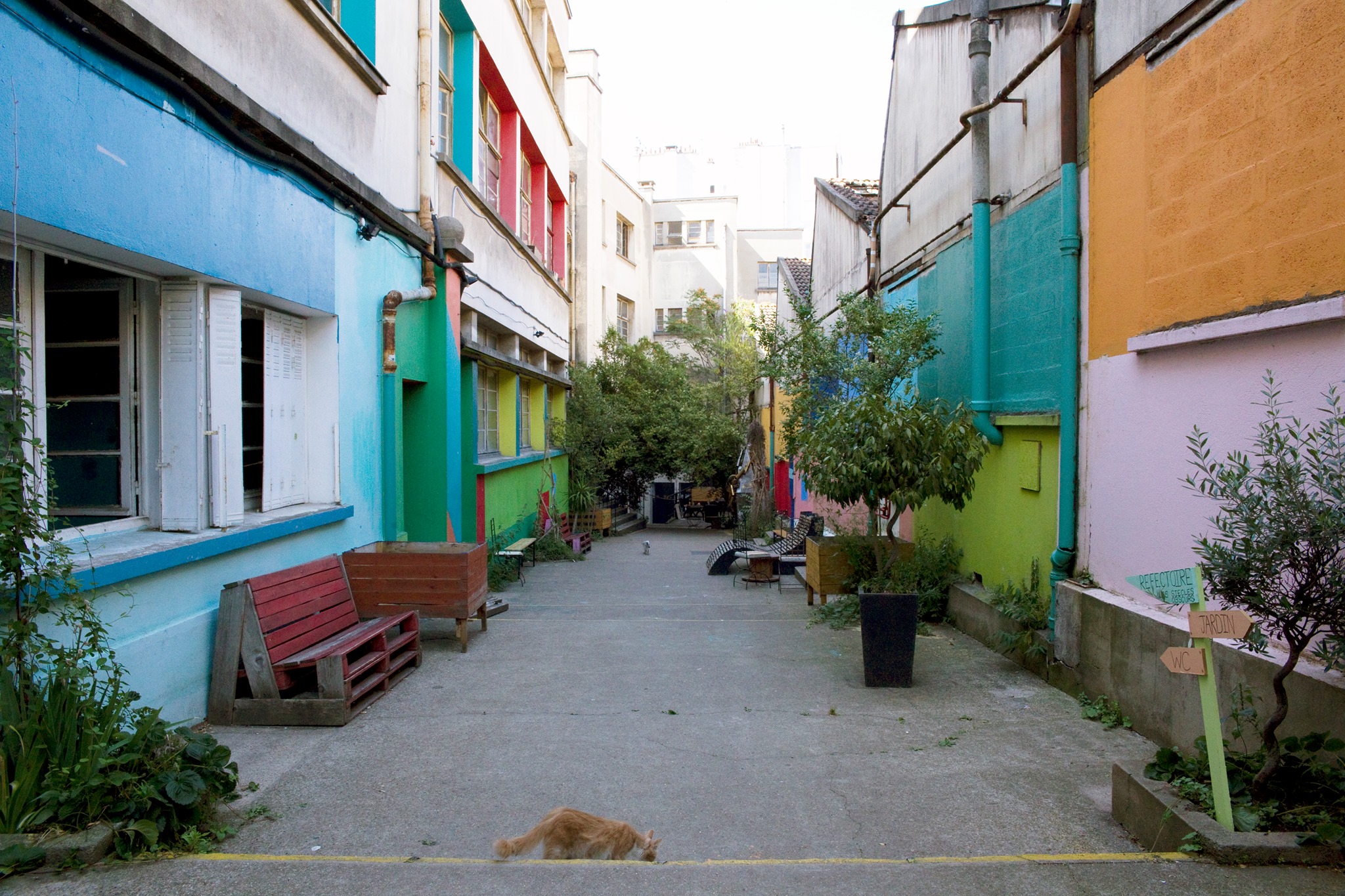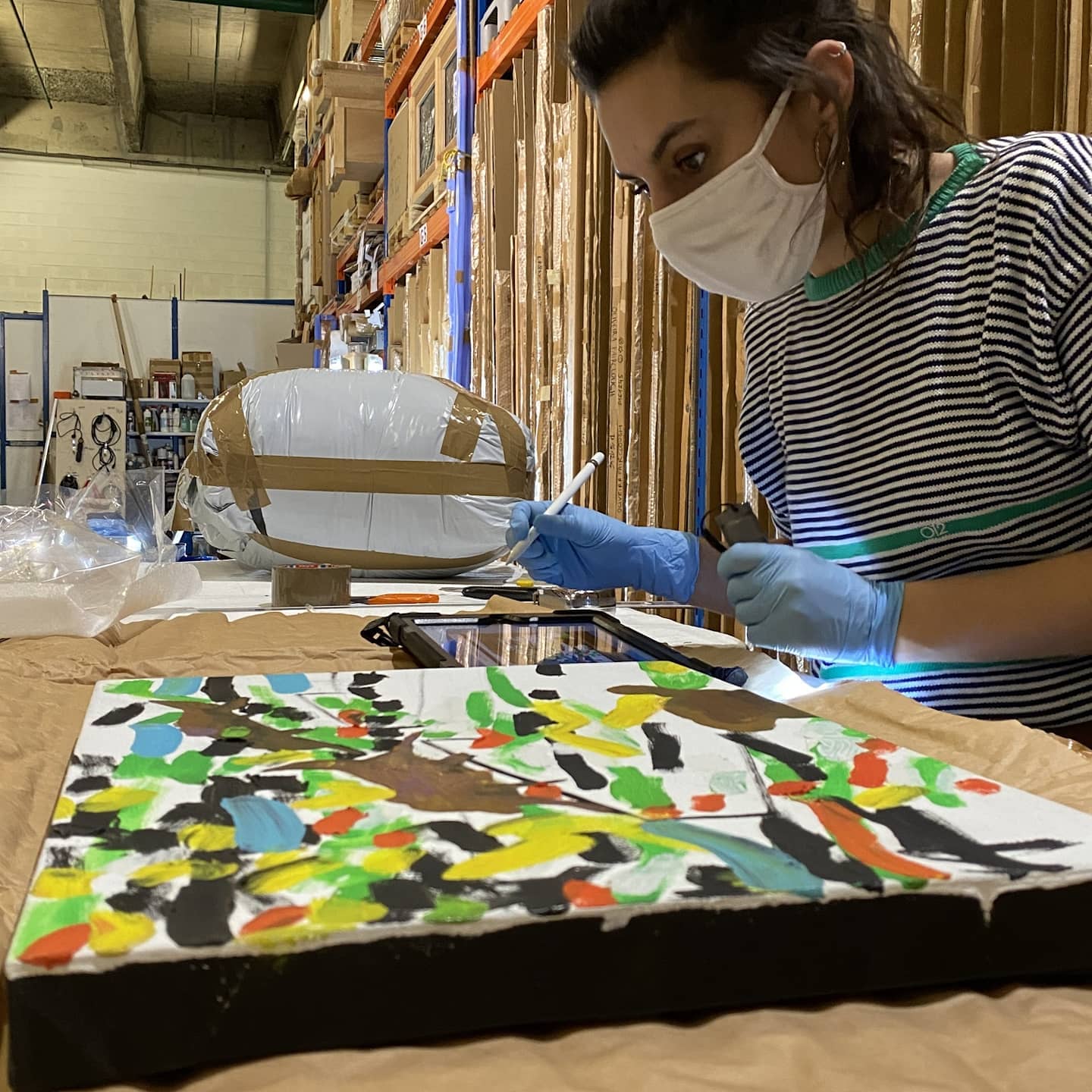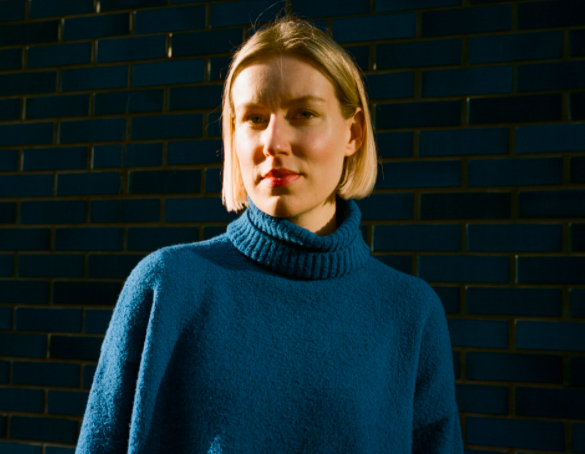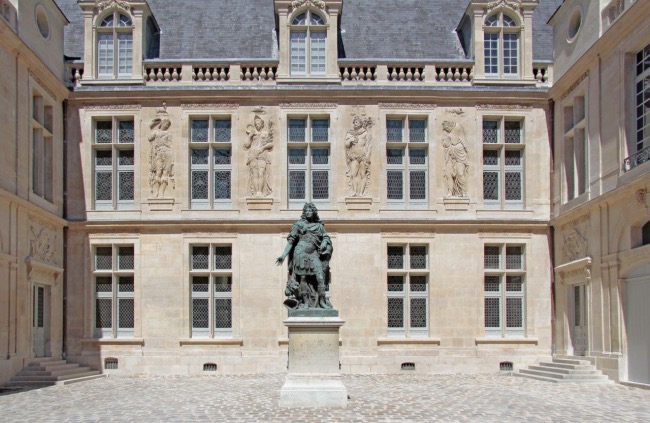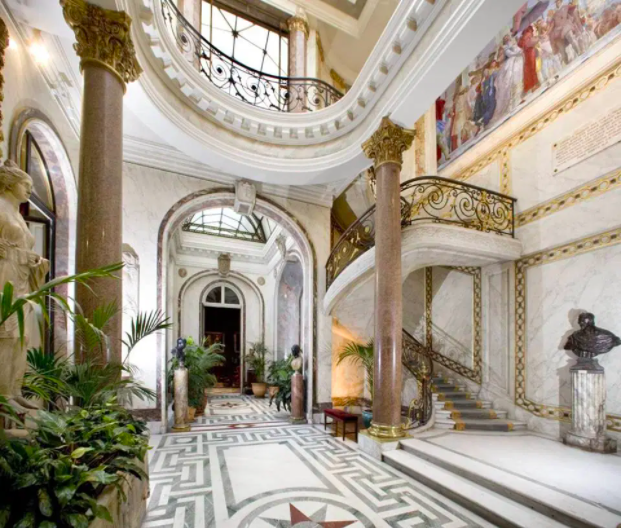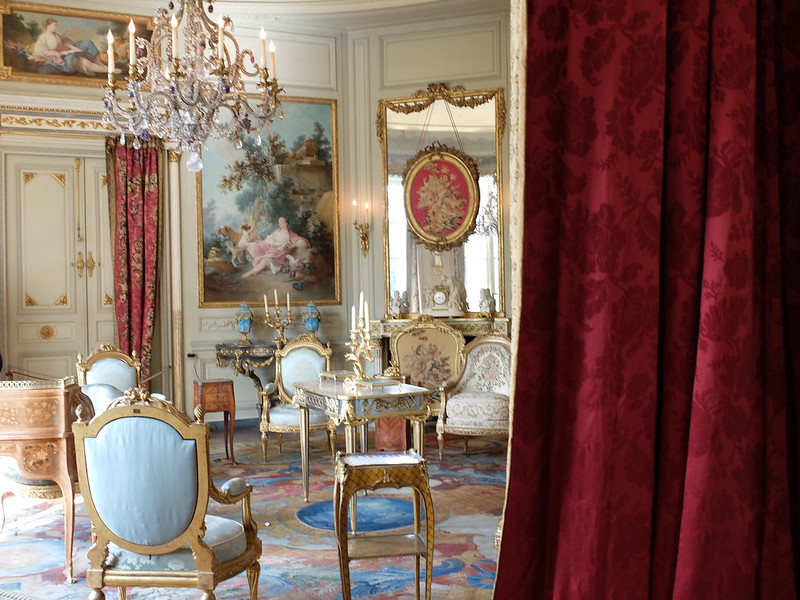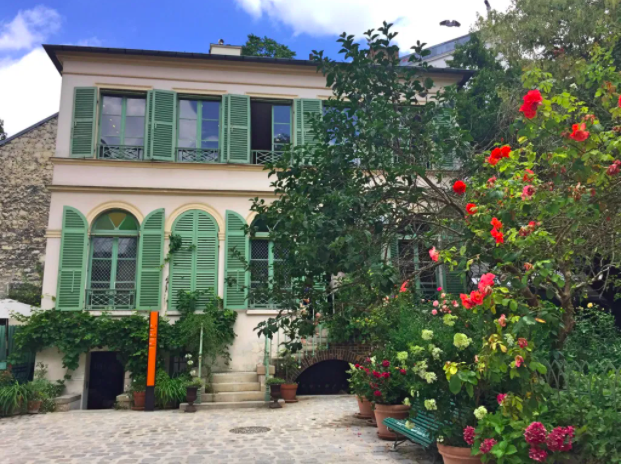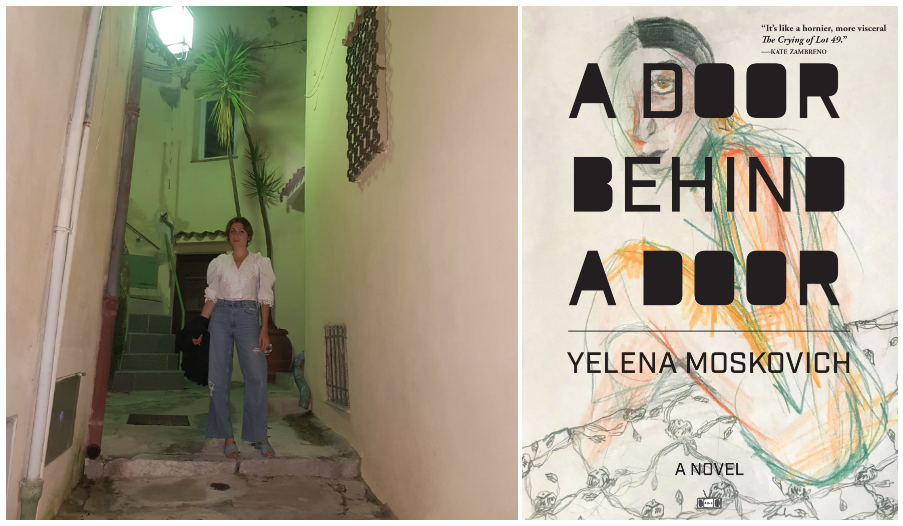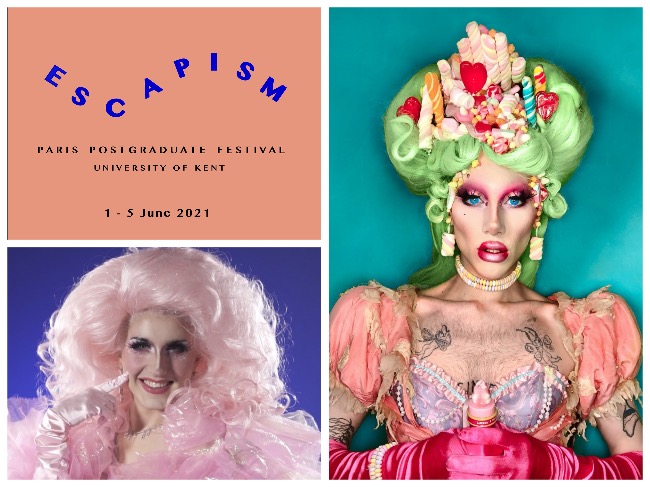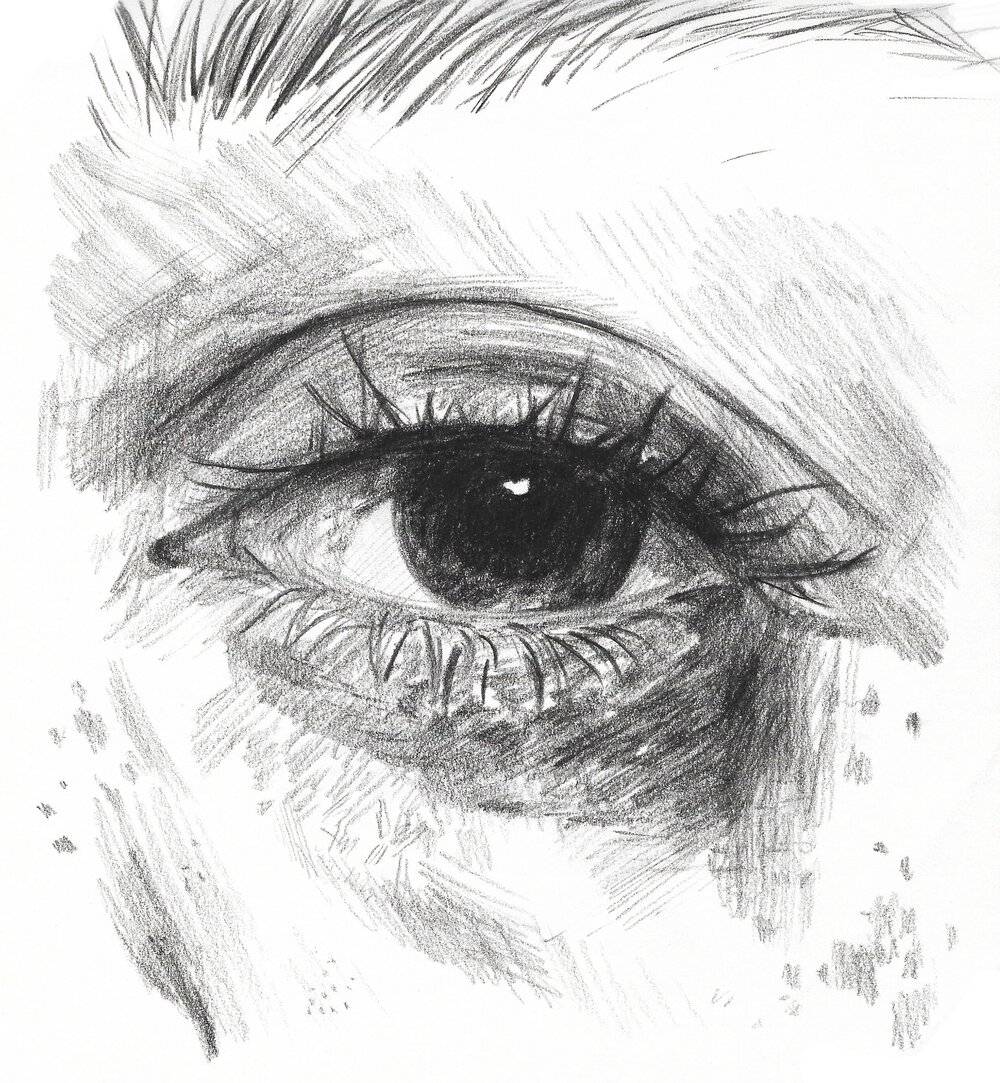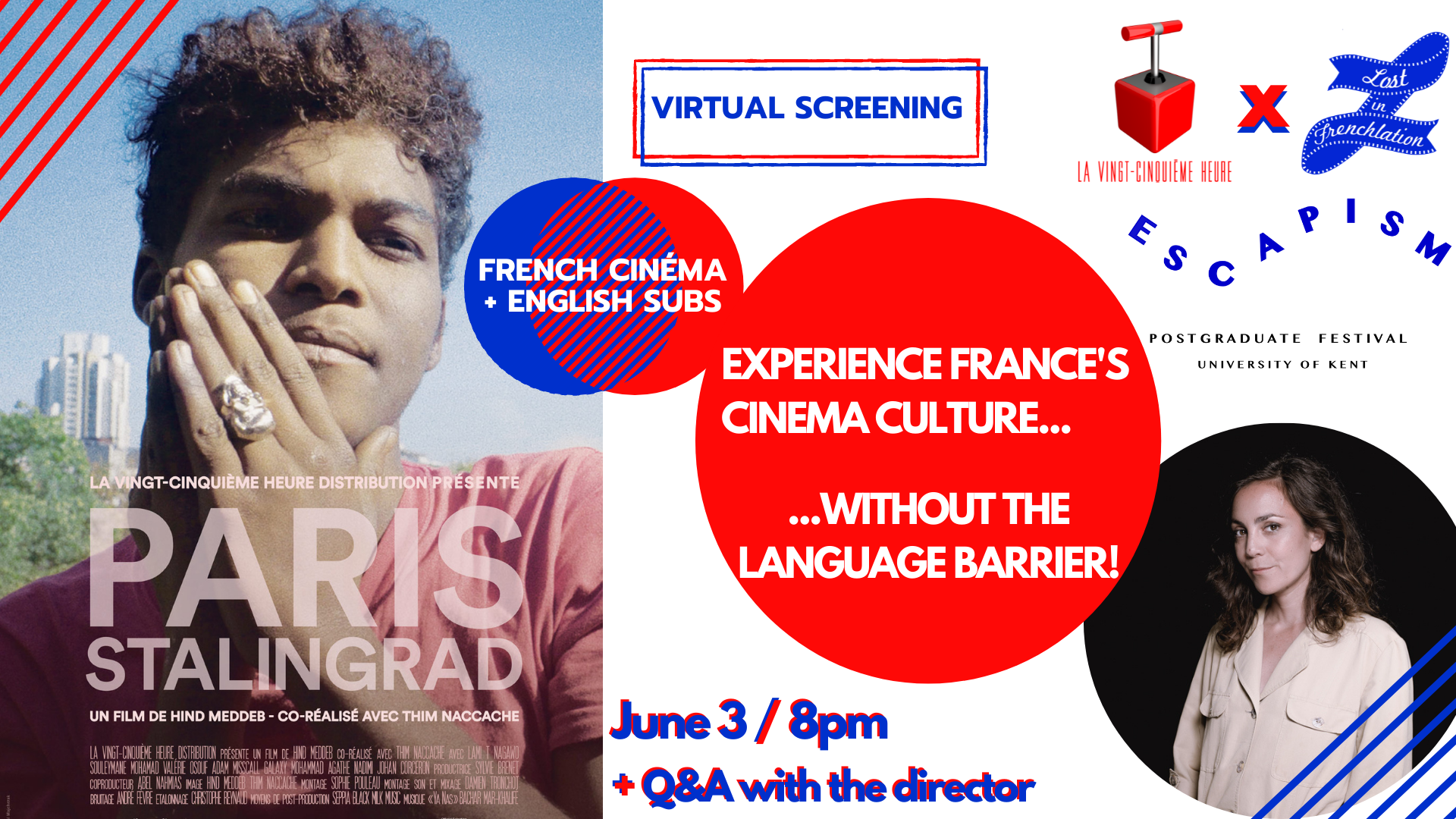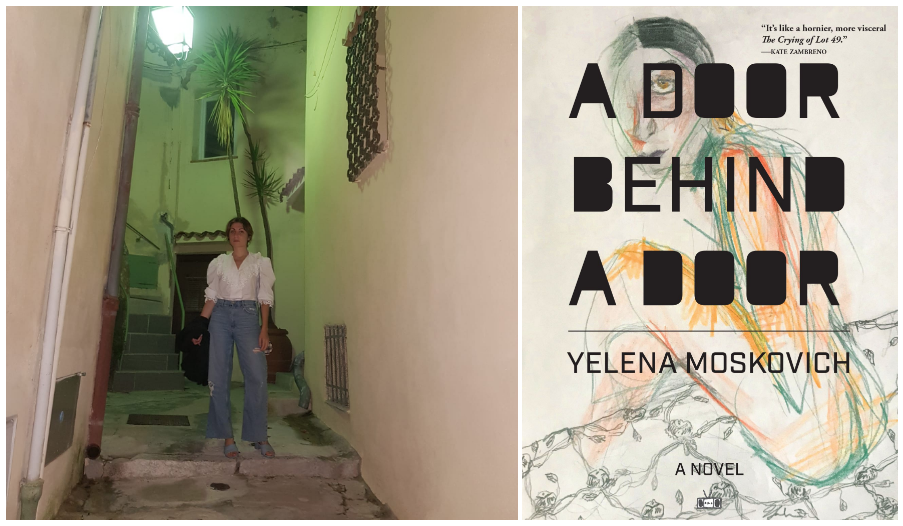In the latest edition of our Alumni Spotlight series we touch base with Darren Riding, an alumnus of our former American Literature Master’s Programme in Paris. Since graduating from our Paris School of Arts and Culture (PSAC), Darren Riding has worked as a lecturer in Asia and is currently working as a A freelance writer in Ho Chi Minh City, Vietnam. Discover what brought Darren to our Paris School and his impressions of our programmes in this interview.
Where are you from and what originally brought you to Paris?
I am from Westmeath in the Irish midlands. It’s an extremely rural part of the country and I read a lot when I was young. I’ve always been interested in American literature and the fact that Kent had an MA course split between Canterbury and Paris was very appealing. For me, the sense of place was as attractive as the course content. Paris is obviously one of the most historically cultural cities in the world so it was exciting to imagine spending some time there.
What attracted you most about studying at PSAC?
The most attractive part of studying there was the opportunity to be part of a unique literary community. As the class sizes were small, we had an opportunity to bond with each other that simply isn’t possible on a regular university campus. Meanwhile, being in Paris is incredible for students of literature because of the history related to the Lost Generation, Shakespeare and Co. Great Irish writers like Samuel Beckett and James Joyce wrote some of the greatest works of the twentieth century there. As all of my course modules were influenced by the city, it made sense to immerse myself in it. Also, I have a shameless weakness for patisseries.
What were some of the highlights of your experience?
There were guest lectures in the evenings with drinks receptions afterward. In Canterbury it was easy to overlook these type of events but in Paris we were all invested in them and tried to make the most of our experience. We got to meet working artists of all kinds and spend time in their company outside of the normal confines of the classroom. The postgrad festival was also a lot of fun. I helped to organise it and once we got past the stressful parts, it went really well. I’d really love to go back in the future and attend one again – without any responsibilities!
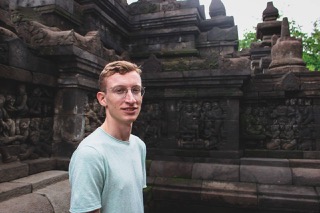
What are you currently doing and how did that opportunity come about?
At the moment I am living in Ho Chi Minh City in Vietnam as a freelance writer. I taught English in a university when I first came here but changed to writing full-time. It was a chance to live outside of Europe and experience more of the world, while being able to sustain the career I wanted.
Do you think that your studies at PSAC helped with your career prospects?
Generally speaking having an MA in literature has improved my writing. The fact that I studied in Paris is also an interesting talking point on a CV. I only spent a semester in Paris but I gained some skills I didn’t expect when we were preparing conferences and events. It is also such a multinational environment so I made connections from all over the world, many of whom I’m still in touch with today.
Would you recommend PSAC to potential students and if so what would you tell them?
I would definitely recommend PSAC to potential students because it was such an enjoyable experience for me. As well as being in Paris, you it’s such a unique opportunity to get to know people – from fellow students to lecturers and coordinators like Peter and Frank. This really added to the experience because it felt like faculty members knew who you were and made you feel part of the Reid Hall community. If you are not from the UK I would also consider spending a semester in Canterbury as I did, because it is a gorgeous city.



